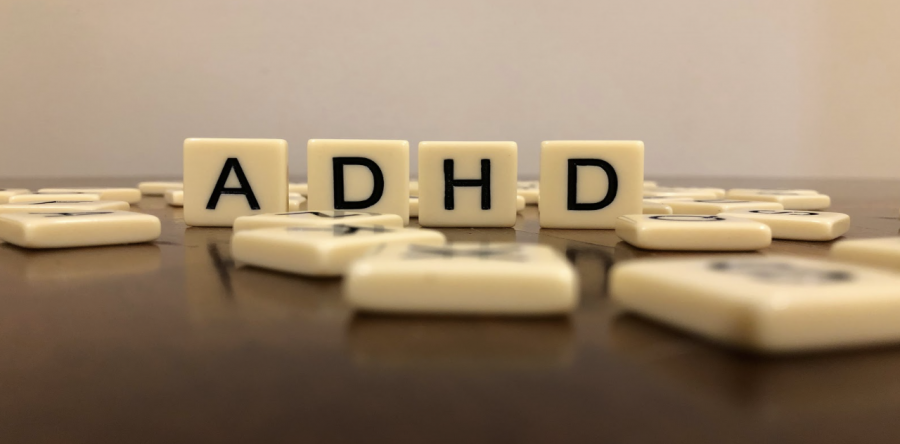Busting the myths of ADHD
December 6, 2018
The musician who does his best to learn and play each instrument simultaneously. The cleaner who gets everything done, but tries to do it all at once. The first student to finish the assignment, but doesn’t turn it in. To many, these people don’t sound like they are struggling, but the musician, cleaner and the student all show signs of a condition called Attention Deficit Hyperactivity Disorder, or, ADHD.
ADHD is marked by persistent inattention, hyperactivity and sometimes impulsivity, but each case of ADHD is different. There are multiple types of ADHD: predominantly hyperactive-impulsive, predominantly inattentive without hyperactivity (ADD), and a combination of both. ADHD has affected both genders all around the world. “In the past eight years, the diagnosis of ADHD has increased by 42%,” Michelle Frank, Psy. D. of add.org, said.
Studies have been done to figure out how exactly ADHD is formed. “Researchers believe the neurotransmitters, or the chemical messengers of the brain, do not work properly causing the symptoms of ADHD,” HealthyPlace said. According to the Attention Deficit Disorder Association, common symptoms include inattention and poor concentration, impulsivity, language defects, poor listening and reading comprehension, spoken language, written language, poor organizational skills and poor memories.
Coco Crowley, sophomore,, is affected by ADHD. When asked if ADHD made school harder, Crowley said, “Yes, I could not focus on what the teacher was saying, and I had no motivation to do any school work.” After Crowley received her diagnosis earlier this year, she got medication that made her “more attentive in class and helped her get all her work done.”
Crowley is affected by a specific type of ADHD: ADD. Someone with ADD does not have hyperactivity, so the term loses the “H” in ADHD. Being predominantly inattentive, it is harder to focus in class and perform all tasks without distractions.
“ADHD doesn’t discriminate what area it chooses to manifest in,” Mary Beth O’Brien, school psychologist at Homestead, said. ADHD can affect any area of concentration, making each case different for each person. “It depends on the student,” O’Brien said, describing how there are many different areas within school that ADHD can affect for an individual student.
Another student at Homestead is affected by ADHD, but has very different symptoms then Crowley. “I can’t sit still. I am in constant motion: I am either bobbing my leg back and forth or tapping my pencil,” Nate Williams, sophomore, said. Williams has ADHD, and therefore is affected by hyperactivity symptoms, while Crowley doesn’t have the same symptoms.
“It’s a widespread misconception that ADHD equates to disruption in classrooms; a more common presentation is anxiety and difficulty with learning,” Ann Robinson, general practitioner, said. Many are still are under the impression of this common stereotype for ADHD.
In many cases, it is not easy to recognize someone with ADHD. “A kid with ADHD may be well-behaved and academically able,”Tony Lloyd of the ADHD Foundation, said. Each person with ADHD has a original, individual case.
If most people were asked if they knew someone with ADHD, they might think about the kid who blurts out answers in the front of the room. While that could be true, it could also be the shy kid in the back who can’t focus on what the teacher is saying.
There are still many misconceptions of ADHD even though the rates of diagnosis are constantly increasing. All over the country, people of all ages take medication to treat the condition. “ADHD medicines improve attention by helping normal brain chemicals work better.” Shirin Hasan, MD, said.
Thus, ADHD is misconceived daily all over the world. To prevent this, the country needs to become more familiar with ADHD. Any student could have Attention Deficit Hyperactivity Disorder, and it is crucial to understand what the condition truly does.

Riya • Jan 4, 2020 at 6:33 am
Starting to use a standing desk and writing with the Ink for all tool are the 2 hacks that work well for me right now